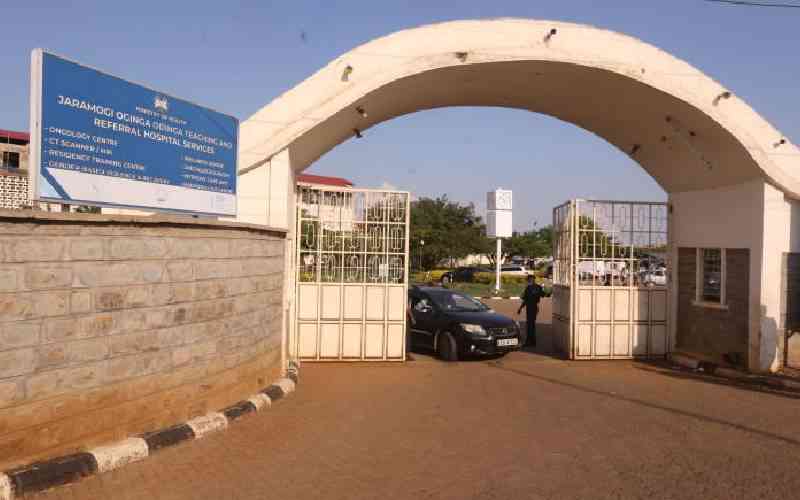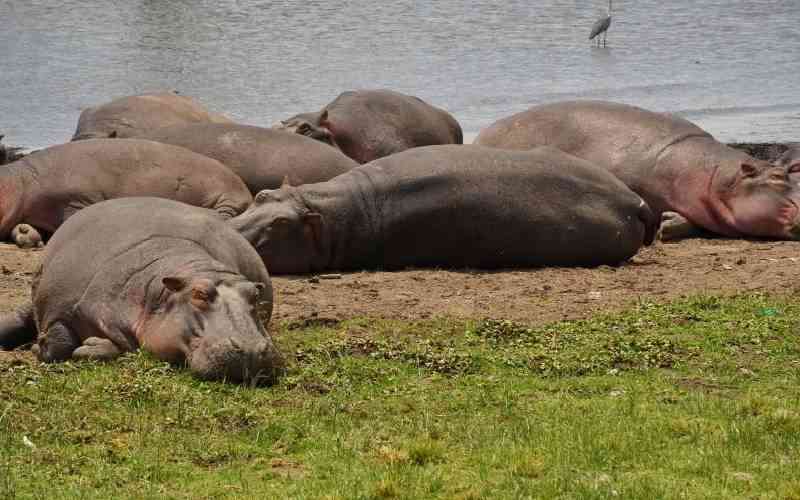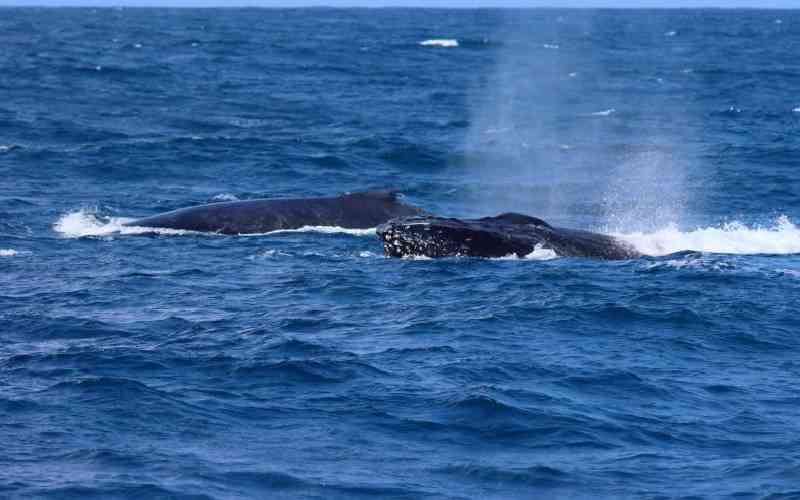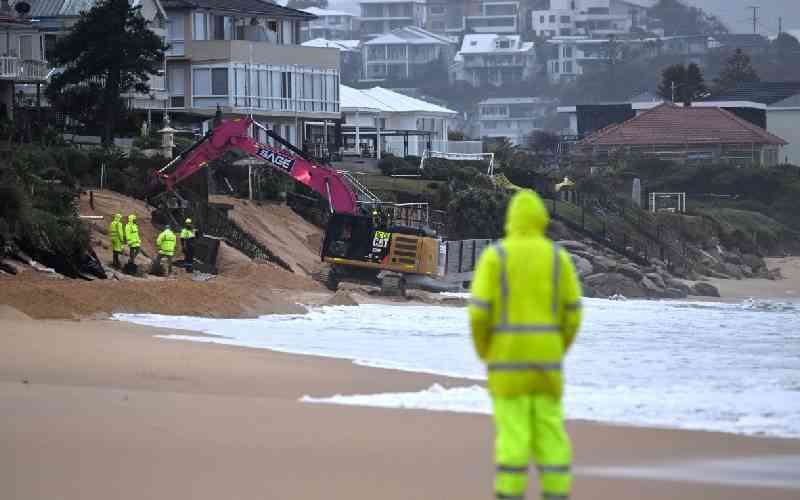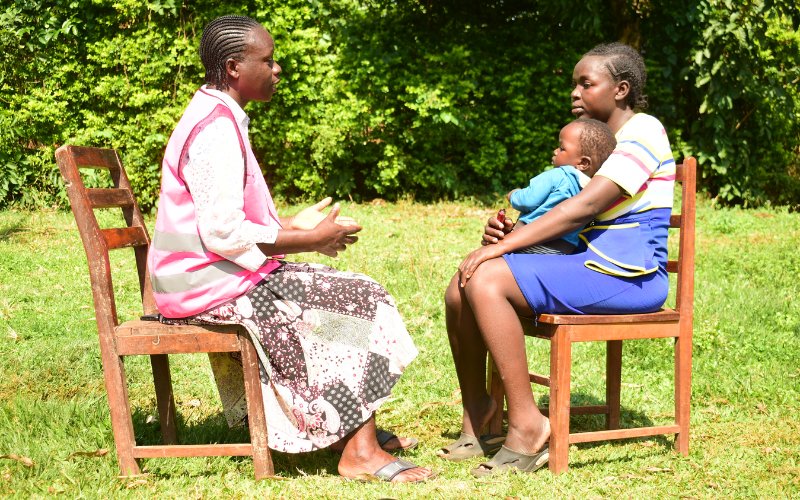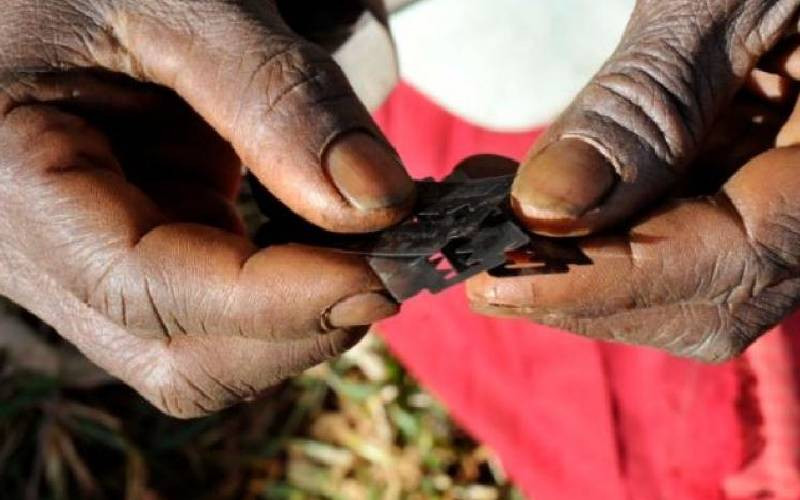
Close-up of a mosquito on human skin. [Courtesy/GettyImages]
“There is no local transmission of malaria in Nairobi. If you have been a full time resident of Nairobi and you get sick with fever the probability that it is malaria is close to zero,” says Timothy Kibe, the Head of Malaria Unit for Nairobi County.
However, scientists fear that Nairobi ‘safe haven’ status against malaria is about to be challenged by a formidable enemy.
 The Standard Group Plc is a multi-media organization with investments in media
platforms spanning newspaper print
operations, television, radio broadcasting, digital and online services. The
Standard Group is recognized as a
leading multi-media house in Kenya with a key influence in matters of national
and international interest.
The Standard Group Plc is a multi-media organization with investments in media
platforms spanning newspaper print
operations, television, radio broadcasting, digital and online services. The
Standard Group is recognized as a
leading multi-media house in Kenya with a key influence in matters of national
and international interest.

